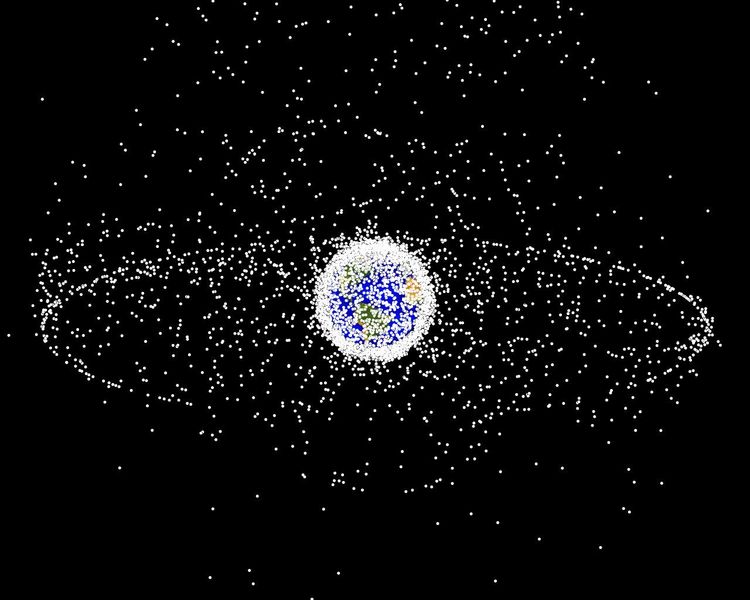Space junk is an ongoing concern for NASA, the European Space Agency and many others. After satellites live out their useful lives in orbit, more and more the agencies are trying to either move them far away from Earth, or to have the satellites burn up in the atmosphere. That’s basically to preserve orbital slots around the planet for others, and to reduce the risk of collisions.
But here’s an alternate approach — why not leave a few satellites handy for other missions to pick up? ESA recently opened a tender exploring this idea, and put a few thoughts out in a press release. Maybe leftover solid rocket fuel could be re-used. Metal alloys could be ground down for potential 3-D printing materials. Life support systems could use biodegradable materials. Since it costs so much to haul stuff into orbit, maybe it might be worthwhile to leave some available for future missions, ESA reasons.

“ESA’s new invitation for ‘Sustainable Materials Concepts’ is seeking companies to study various concepts of this approach, including considering the kinds of materials that could be reused as biological or technical nutrients – serving as resources for new other processes,” ESA stated.
“Also under consideration: what sustainable materials might replace current space-grade materials such as titanium and aluminium alloys or carbon-fibre epoxy resins? And how might the use of materials as biological or technical nutrients work in practice?”
What do you think satellites could be used for? Leave your thoughts in the comments.

